Wildlife of Meghalaya
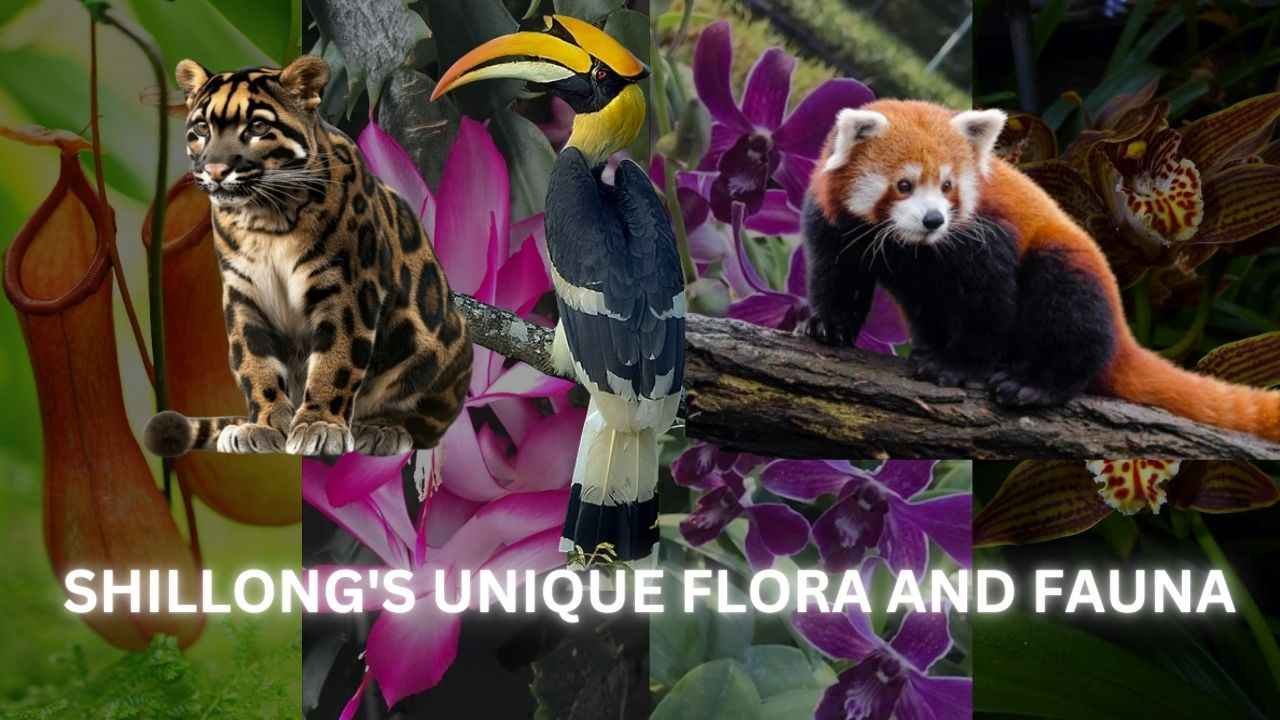
Meghalaya’s Unique Flora and Fauna
Shillong is a city that offers more than scenic views and cool weather. Often referred to as the “Scotland of the East,” Shillong is also a haven for nature lovers and wildlife enthusiasts. The region’s diverse landscapes, ranging from rolling hills to deep valleys, support a wealth of plant and animal life.
In this post, we will take a closer look at the unique flora and fauna of Shillong. And see some of the species that make this region one of the most biodiverse in India.
Flora: The Green Heart of Shillong
Shillong’s flora is as varied as its terrain, with the city sitting at the crossroads of different ecological zones. The area known for its rich, evergreen forests, which are home to a variety of tree species, shrubs, herbs, and flowering plants.
Pine Trees (Part of Meghalaya’s Unique Flora and Fauna)

One of the most distinctive features of Shillong’s landscape is the presence of pine trees. The tall, straight pine trees are a common sight, particularly around the city’s outskirts and in areas like Laitlum Canyon and Mawphlang. These trees, with their needle-like leaves and distinct scent, are a defining characteristic of the region’s vegetation.
In addition to pines, Shillong’s forests are home to several species of evergreen trees, such as oak, maple, and cherry trees. These trees remain green throughout the year, contributing to the area’s lush, dense greenery. Many of these species are also found in the surrounding areas of Meghalaya, making the region a significant part of India’s forest cover.
Rhododendrons and Orchids
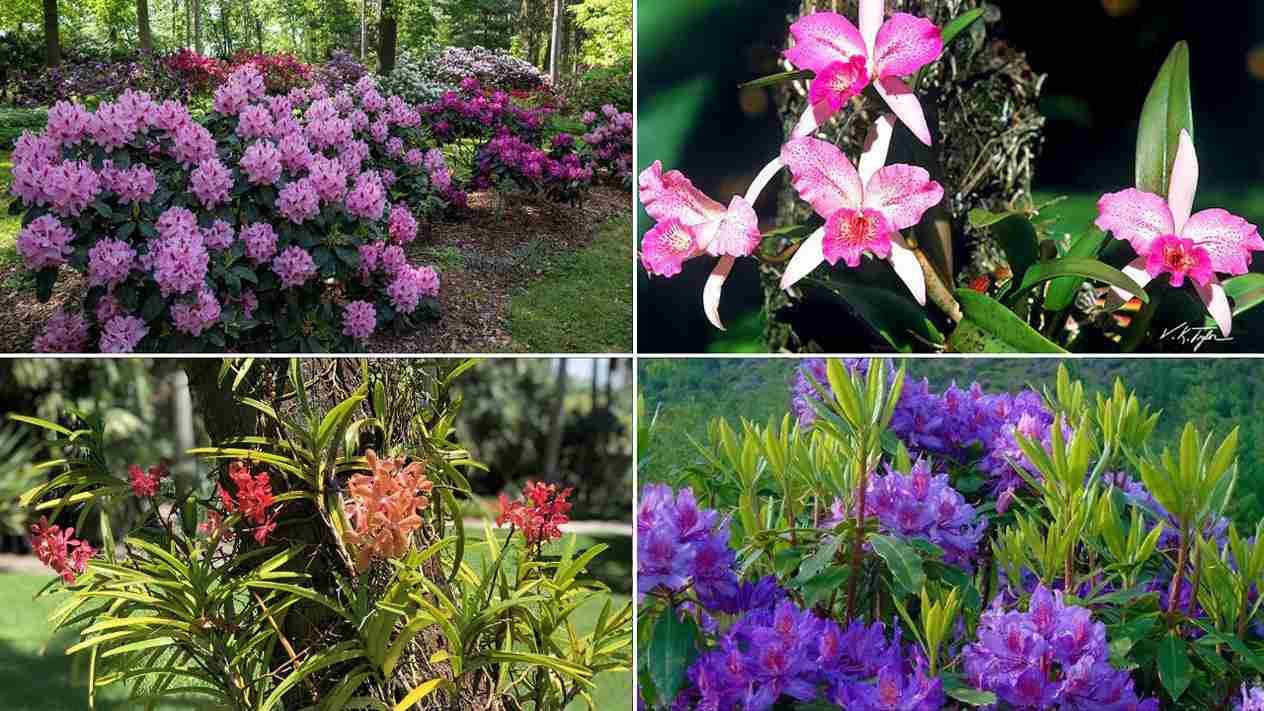
Shillong’s diverse plant life is especially evident in the flowering plants that thrive in its cool climate. Rhododendrons are among the most striking plants in the region, blooming in vibrant hues of red, pink, and white during the colder months.
Another notable group of flowering plants in Shillong is its orchids. Meghalaya is home to over 300 species of orchids, some of which are rare and endemic to the region. The cool, climate of the hills creates ideal conditions for colorful flowers to bloom. Among the more common varieties are Cymbidium, Dendrobium, and Vanda orchids, all of which found in the wild and local gardens.
Bamboo Forests
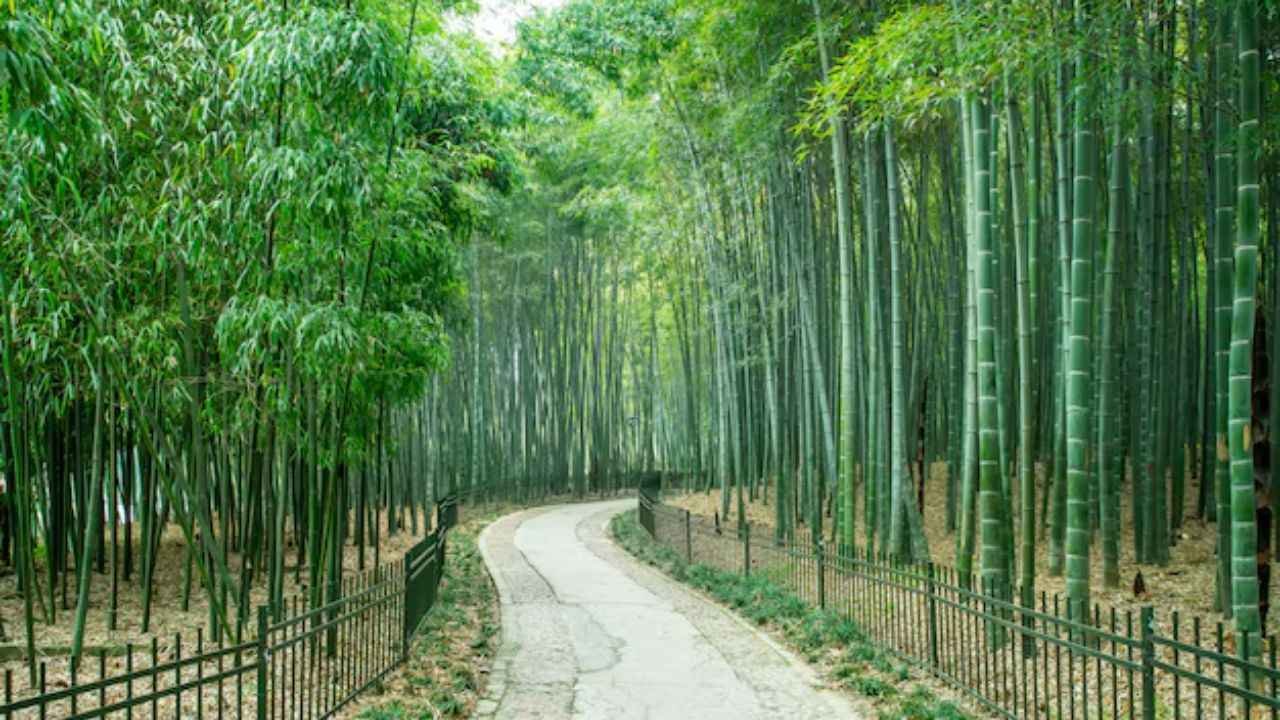
Another striking feature of Shillong’s flora is the abundance of bamboo. The forests surrounding the city, especially in places like Laitlum and Sohra, are home to vast expanses of bamboo groves. Bamboo plays an important role in the local economy, providing materials for building, weaving, and crafts. The tall bamboo trees also add a unique aesthetic to the landscape, creating a serene, atmosphere when the wind passes through them.
Medicinal Plants and Traditional Uses
Shillong’s flora includes a range of medicinal plants used by the local Khasi people. These plants used in traditional Khasi medicine for generations. Popular remedies are ginseng, turmeric, sweet basil, and neem. Many of these plants known for their healing properties. Their cultivation and use continue to play an important role in the community’s health practices.
The Khasi tribe, which is indigenous to the region, has long relied on these plants for remedies to common ailments. Traditional knowledge about the medicinal properties of plants passed down through generations. Meghalaya’s unique flora and fauna will blow your mind.
Fauna: The Wildlife of Shillong
Shillong’s wildlife is as diverse as its plant life, with a range of species that are unique to the region. The forests and hills around Shillong are home to many animals, birds, and insects, some of which are rare and endangered. The region is a vital part of India’s biodiversity and is home to several species found only in the northeastern part of the country.
The Clouded Leopard
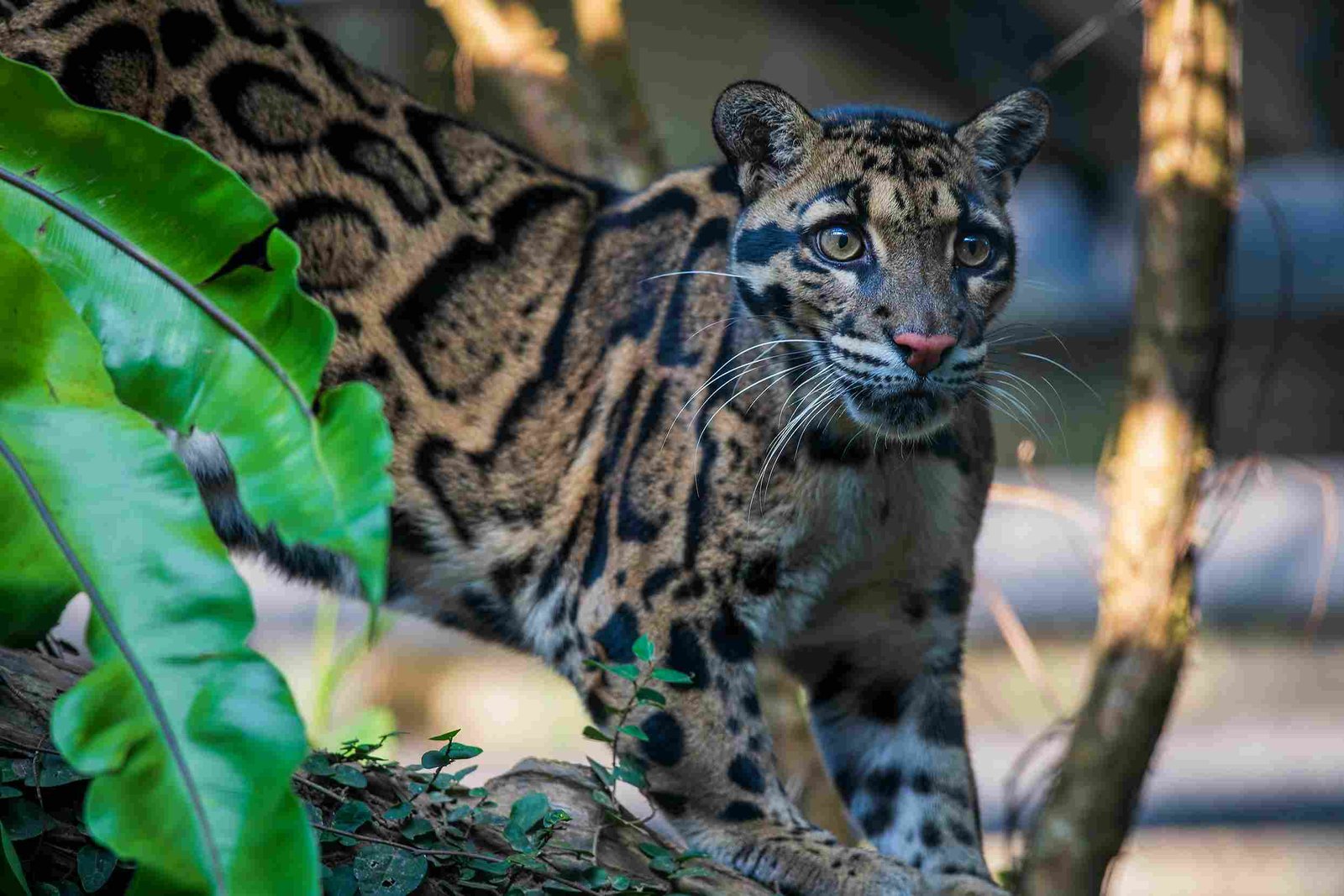
Among the most iconic creatures in Shillong’s forests is the clouded leopard (Neofelis nebulosa). This elusive big cat, known for its distinctive coat patterned with cloud-like markings. The clouded leopard is an endangered species. The government is trying its best to protect these species.
Although the clouded leopard is difficult to spot, but the presence of this species is an important indicator of the health of the local ecosystem. As an apex predator and a keystone species, it plays a key role in maintaining the balance of the food chain.
Red Panda
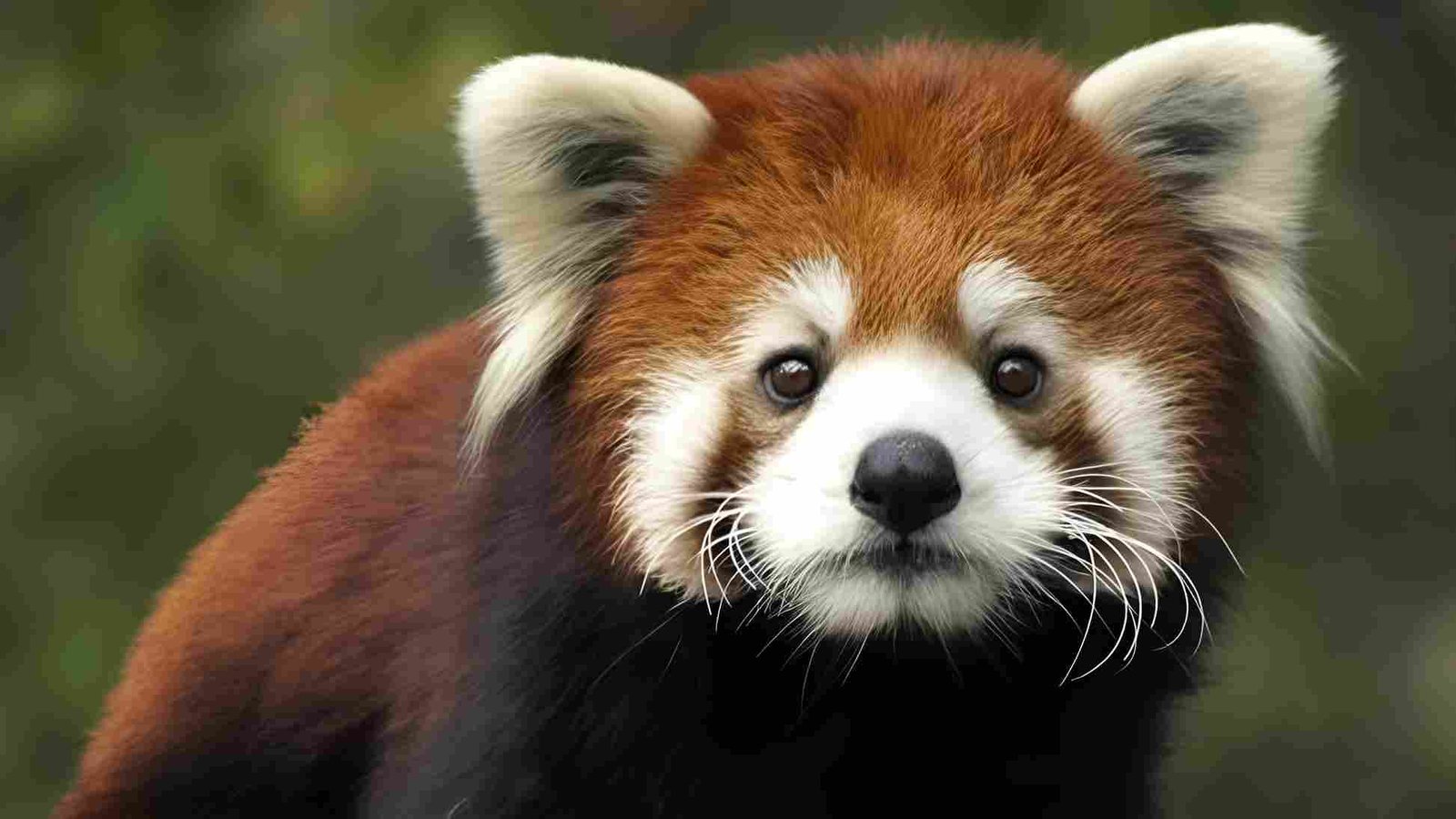
Another elusive animal that calls Shillong home is the red panda (Ailurus fulgens). Found in the higher elevations around Shillong, red pandas are known for their striking reddish-brown fur and playful nature. They are solitary creatures that spend most of their time in the trees, feeding primarily on bamboo, fruits, and small animals.
Red pandas are also an endangered species, with a shrinking habitat due to deforestation and climate change. However, Shillong’s remote forests provide some protection for these animals, making it one of the last remaining strongholds for red pandas in wild.
Hornbills
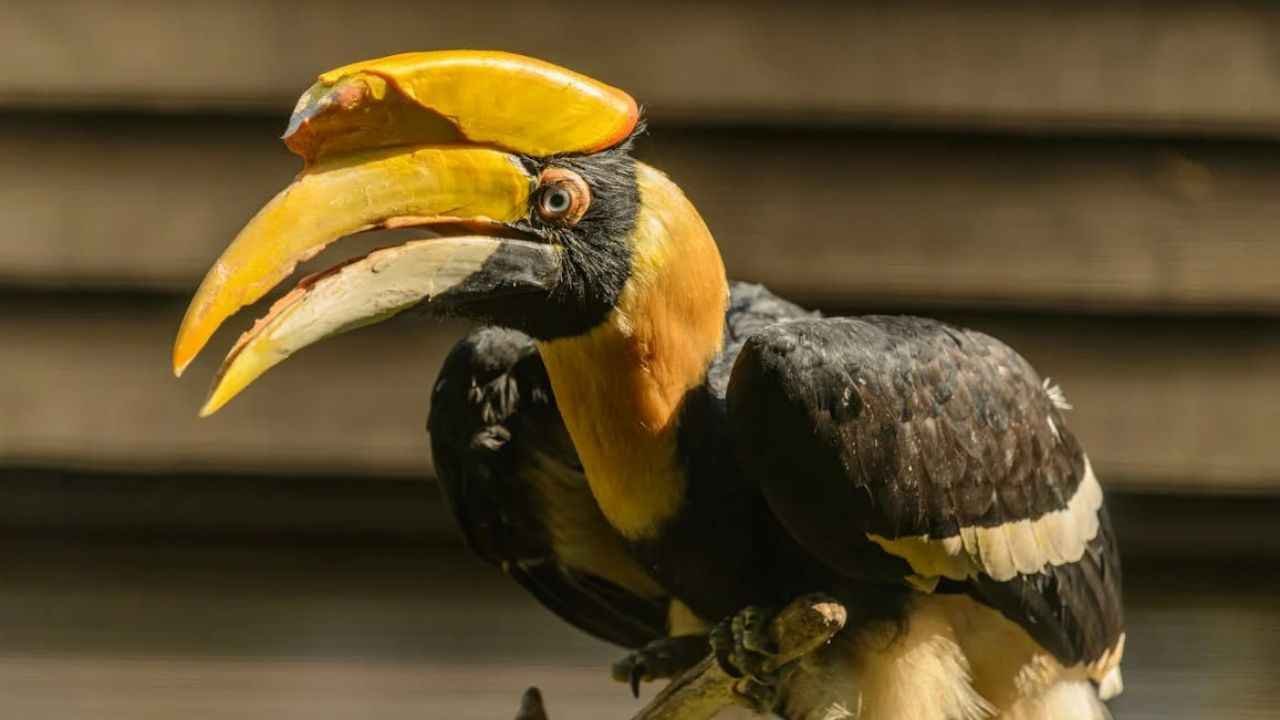
Birdwatchers will find Shillong to be an excellent destination, thanks to its rich diversity of birds. Among the most fascinating is the Great Hornbill (Buceros bicornis), a large bird with a striking yellow-and-black beak and a large casque on top of its head. Hornbills are important to the ecosystem as they help in seed dispersal, ensuring the regeneration.
Hornbills are often spotted in the forests surrounding Shillong, particularly in places like Sohra and Nongkhnum. Other hornbill species, such as the Indian Pied Hornbill and Wreathed Hornbill, are also found in the area.
Barking Deer and Himalayan Serow

The forests around Shillong are also home to mammals like the barking deer (Muntiacus muntjak), which is named for the barking sound it makes when threatened. The barking deer is relatively small but agile, often seen moving through the undergrowth or grazing in the early morning hours.
Another interesting mammal found in the region is the Himalayan serow (Capricornis thar), a goat-like animal that inhabits the hilly forests of Shillong. This species is known for its agility on steep slopes and its preference for densely forested areas.
Insects and Butterflies

Shillong’s forests are teeming with insect life, including a variety of butterflies, beetles, and fireflies. The region is home to several species of butterflies, such as the Common Peacock, Yellow Swallowtail, and Psyche butterfly, which add a burst of color to the green landscape.
Shillong is also known for its population of fireflies, which light up the forests on summer nights, creating a magical atmosphere in the wilderness. These are also part of Meghalaya’s unique flora and fauna
Conservation Efforts in Shillong
With such a rich diversity of flora and fauna, it’s no surprise that conservation is a priority in the region. Shillong is home to several protected areas, including Nokrek National Park, Siju Wildlife Sanctuary, and Mawphlang Sacred Forest, to help preserve biodiversity.
The Khasi people, who have lived in the region for centuries, also play a crucial role in conservation. Many Khasi communities have established sacred groves and areas of forest that are off-limits to logging or hunting as a way of preserving the natural environment. Meghalaya’s unique flora and fauna is one of the biggest reason of tourism.
Pingback: The Meghalaya’s Hidden Gems - Explore the Untouched
Pingback: Solo Travelling in Shillong: Tips and Recommendations